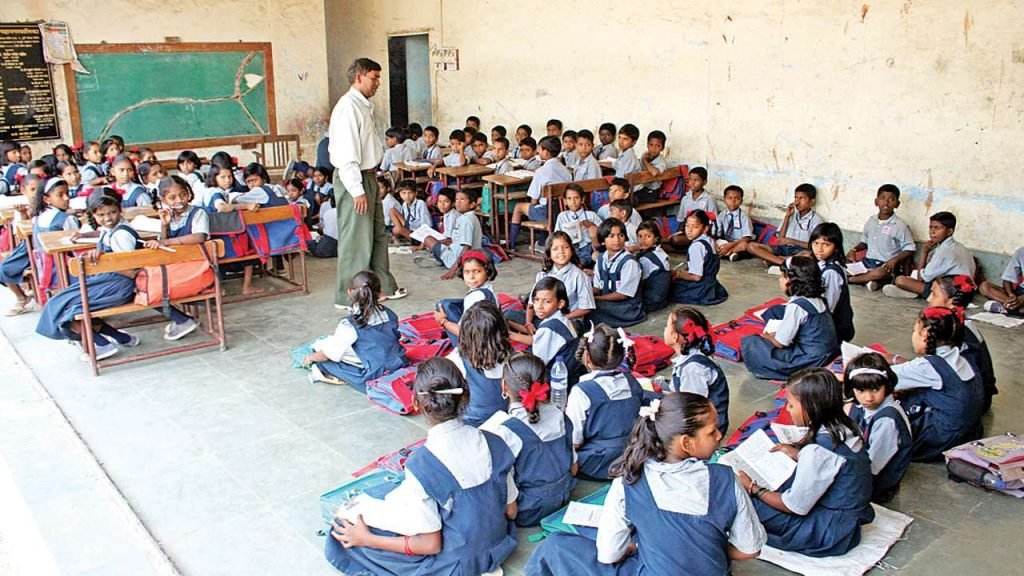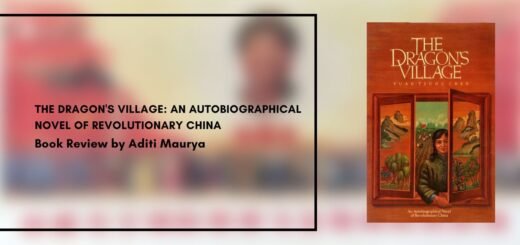Exclusionary Nature of Education in India

Education is viewed as a means of upward mobility by all strata, even the wealthy. Education is a critical instrument for a country’s economic development. A literate and, more importantly, competent people will aid in development. Education is one of the most effective tools for alleviating poverty and inequality. According to Bransford, Brown, and Cocking[1], “the goal of education is better conceived as helping students develop the intellectual tools and learning strategies required to acquire the knowledge that allows people to think productively about history, science and technology, social phenomena, mathematics, and the arts.” The operative word in this statement is productive. In my opinion, education is moot if we only seek information and not a critical and empathetic perspective towards the social reality. Education is a tremendous equalizer that raises people’s living standards. It is critical for a nation’s social and economic progress, especially since ours is one of the world’s fastest-expanding economies. The government spends almost one-third of its budget on education. However, there are significant differences in the level of education that everyone receives.
However, the Indian Education System has its own set of concerns and challenges that must be addressed to improve students’ education, who are the country’s future. A lot has been updated in the Indian education system over the past few decades, yet there are still numerous gaps and issues that must be addressed. The most vivid amongst them is the exclusionary nature of the education system that arises from caste discrimination.
The challenge that we face now is not only of primary or secondary education; instead, it is that due to the weak fundamentals at college, children from the lowest of the poor, the disadvantaged class, who attended public schools, find it difficult to compete with kids from affluent families.
The segmentation of the school system into separate boards divides pupils into distinct classes based on their socio-economic circumstances. There are many education boards, with the state board at the bottom of the hierarchy being the least expensive and having a lighter curriculum. According to 2012 research, just 22 per cent of Dalit pupils sat in the comparatively front rows, with the remaining 78 per cent seated only in the rear rows. If the Dalit students sit in the front rows, the other students frequently get into fights and beat them up.[2] This is reminiscent of Bhim, who was forced to sit on gunny sacks in the corner of the classroom, was not permitted to answer questions for fear of contaminating the instructor, and was barred from studying Sanskrit, which was considered the key to the Vedas. Bhim grew up to become the Ambedkar we all know and admire. However, the same cannot be said for his peers, who had to sit on the same gunny sacks in the corner, and for their children, who continue to experience discrimination. (V. Ramachandra, 2013) More than a century after Bhim, many schools in rural India are still in the same state.

This separation compartmentalizes pupils and restricts their access to information, even though private universities provide the highest quality education. Exclusion from education does not simply refer to “out-of-school youngsters.” It comes in a variety of shapes and phrases. This primarily in the Indian setting can be observed in the form of exclusion from having the necessary life opportunities for learning; for example living in unsuitable conditions for health and well-being, such as inadequate housing, food, and clothes; and living in an environment with restricted security and safety, and exclusion from a school or educational programme due to inability to pay entrance and tuition costs, being outside the qualifying standards for entry, or dressing in ways deemed unacceptable by the institution or situation hampering security in an individual.
Access to government educational institutions is heavily influenced by caste. Due to lack of resources, kids belonging to lower castes, inconsistent and mostly lagging financial issues at home, do not have a private education. Despite being proclaimed universal, primary state education is nevertheless governed by the caste system. This social stratification jeopardizes the progress of millions of Dalit and lower caste youngsters. Dalits and lower castes are trapped in a vicious cycle of poverty, with the Dalit population accounting for one-half of the poorest children.
These poor neighbourhoods are plagued by low school enrolment rates and high rates of child labour. Even if they have been admitted to a specific institution, their attendance is erratic. Since kids are seen as just another helping hand for blue-collar working families, their dropout rate is likewise high. The literacy rates amongst scheduled castes and tribes from the 2011 census demonstrate these. Overall, the SCs are ten percentage points lower than the national literacy rate of 74 per cent.[3] SC women make up 48% of the population, whereas ST women make up 40%. Dropout rates in schools are higher for SC and ST students. In higher education, SCs make up just 12 per cent of the overall college-going population, while STs make up 4 per cent.[4]
The situation on the grounds of primary education, owing to the schemes like mid-day meal and Pradhan Mantri Gramin Digital Saksharta Abhiyan, is still better than college. Higher education in India is still functioning on the exclusivity concept. There is no effort to universalize education in this subject because it is a speciality of a particular sector. This gateway is only accessible through an admission test and is based on merit. This gateway’s performance in the admission test is the yardstick. Meritocracy does not consider the student’s resources or the cultural and social capital he has accumulated over the years. The fraction of Dalits and minorities with access to higher education suggests this. Upper castes, and consequently upper classes by default, are overrepresented, consuming a large segment of the college population.

Suppose we were to make a causal map of the problem. In that case, we could say that the lack of access to elementary education, along with additional institutionalized prejudice, results in a lower percentage of Dalits, lower castes, and minorities getting access to higher education. The concept of merit as solely based on performance in the admission exam, without regard for access to resources and cultural capital, prevents these pupils from attending these top schools. [5]
“Education is the most potent weapon you can use to change the world,” Nelson Mandela’s words ring true even today. The transformational education system is backed by instructors who are responsible for instilling revolutionary ideas in the brains of pupils who will be the future change-makers. However, all of this will be meaningless if the school system, including instructors and curricula, is biased—gendered, casteist, and racist. Society must become caste conscious. In order to do so, it is necessary to unlearn casteism and embrace egalitarian beliefs at both the individual and group levels. Before finalizing the instructor and curriculum, anti-caste should be an obligatory category checkmark. In addition to schooling, children require a variety of support networks as they grow. Schools should be able to foster the development of young brains. Teachers’ and peers’ roles in a person’s psychological development become extremely significant. Children must develop emotional health and resilience abilities between the adolescent ages, which are achieved through broad exposure and greater self-esteem. Several studies have found that instructors make Dalit youngsters feel dumb and inferior. Instances of their refusing to learn math or science, as well as the rage expressed by caste Hindus when they were studying Sanskrit, are extensively documented. (1989, Radhakrishna and Rajana)
We must recognize that a person’s caste does not dictate the amount of knowledge, respect, and equality that he or she deserves. Students now, regardless of class, caste, or gender, must internalize this anti-caste discrimination message so that the future generation may guarantee an equitable society. Education must be revolutionary, and the revolution begins with us unlearning our own biases.
[1] Bransford, J. D. (2000). How People Learn: Brain, Mind, Experience, and School: Expanded Edition (1st ed.). National Academies Press.
[2] Ramachandran, V., & Naorem, T. (2013). What it Means to be a Dalit or Tribal Child in our Schools. Economic and Political Weekly, 48(44), 43–52.
[3] U-DISE Team, 2018. “Flash Statistics 2016–17”.
[4] Census 2011 and MHRD 2012 report.
[5] Exclusion and Inclusion of Dalit Community in Education and Health: A Study, 2009



















